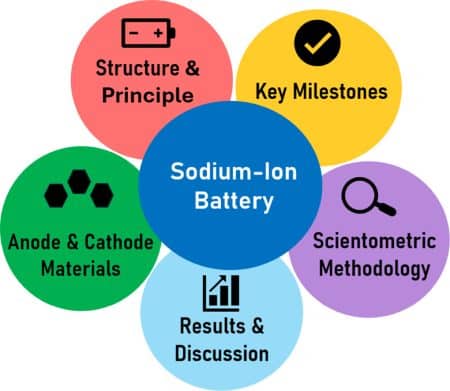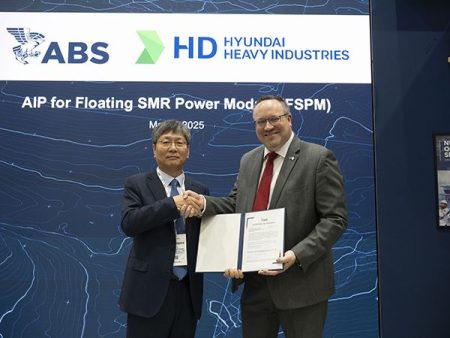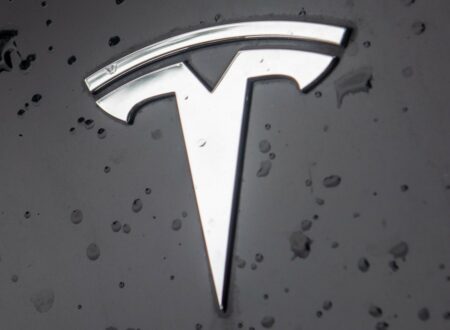Researchers from UNSW Sydney have created an algorithm that greatly improves photographs of hydrogen fuel cells, with possible uses in the future of medical imaging.
The algorithm converts low-resolution micro X-ray computer tomography data into high-resolution simulated images (CT).
The novel method was tested on individual hydrogen fuel cells to accurately model the inside in minute detail and potentially increase their efficiency. It is described in an article that was published in Nature Communications.
According to the researchers, it may also be applied in the future to X-rays of people to help medical experts grasp the intricate cellular structures that make up the human body. This would enable better and quicker disease diagnosis.
The team, which included Professors Chuan Zhao and Quentin Meyer from the School of Chemistry and Professors Ryan Armstrong, Peyman Mostaghimi, Ying Da Wang, and Kunning Tang from the School of Mineral and Energy Resources Engineering, developed the algorithm to better understand what transpires inside a proton exchange membrane fuel cell (PEMFC).
PEMFCs are a quiet, clean energy source that can power homes, cars, and businesses. They produce electricity using hydrogen fuel.
The only byproduct of the electrochemical reaction in these fuel cells, which converts hydrogen into energy, is pure water.
The PEMFCs, however, may lose their effectiveness if the water cannot exit the cell properly and ‘floods’ the system. Due to the fuel cells’ extremely small size and extremely complicated structural makeup, engineers have until now had a very difficult time understanding the specific manner in which water drains, or even pools, inside them.
The UNSW researchers’ technique makes use of a lower-resolution X-ray image of the cell and extrapolates data from a high-resolution scan of a small portion of it to enable deep learning to generate a detailed 3D model.
In other terms, it’s the equivalent of being able to precisely predict the layout of every road in the entire region from a fuzzy aerial shot of a town taken from an airplane, together with an extremely detailed photo of only a few streets.
Given that they only emit heat and water, more efficient PEMFCs may also play a significant role in the future provision of clean power. They are also lightweight and compact, making them appropriate for usage in automobiles.
Paper authors: Ying Da Wang, Quentin Meyer, Kunning Tang, James E. McClure, Robin T. White, Stephen T. Kelly, Matthew M. Crawford, Francesco Iacoviello, Dan J. L. Brett, Paul R. Shearing, Peyman Mostaghimi, Chuan Zhao & Ryan T. Armstrong








